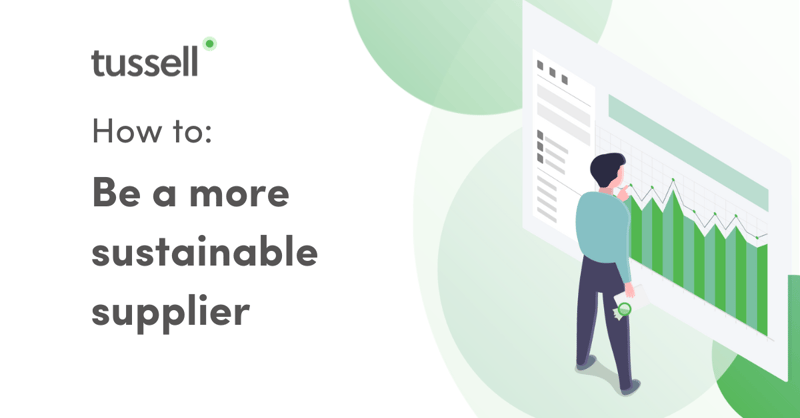Getting ahead of the curve is critical to winning more business in the UK public sector.
It's no good waiting and reacting to tenders as and when they're published: more often than not, this doesn't leave you enough time to conduct proper research into the contracting authority, build a relationship with them, and write a knockout bid. You may even be waiting for tenders that'll never come, as many are directly awarded rather than going to competition.
You need to be proactive, and anticipate when and where opportunities may lie before a tender's even released. This will give you the time to thoroughly understand how your product or service can outmatch the existing offering, and build a relationship with the decision-makers behind the procurement process.
In this guide, we'll be showing how you can build a pipeline of rolling opportunities, both through publicly available avenues and through Tussell's market intelligence platform.
How to build an opportunity pipeline
There are several publicly available sources you can use to anticipate when relevant opportunities may go live in the future. Patching them together, you can begin to build out a fairly rudimentary opportunity pipeline for your organisation.
Official pipeline documents
The most ready-made means of discerning upcoming opportunities with an individual department or authority is to analyse its procurement pipeline documentation.
These documents are, simply, a list of upcoming projects that an authority is planning to procure goods, services or work for. They typically include a mixture of recurring, or re-tendered services, as well as a number of one-off projects and new initiatives.
An example would be the Infrastructure and Project Authority's National Infrastructure and Construction Pipeline 2021, and is simply an excel sheet listing upcoming major projects.
.png?width=500&name=Untitled%20design%20(31).png)
Procurement Policy Note 05/21 lays out that as of April 2022, contracting authorities with an annual spend of £200m or more are required to publish procurement pipelines; the same rule will apply to contracting authorities with annual spend of over £100m in April 2023.
While these pipelines directly tell you where future procurement opportunities lie with given contracting authorities, they are relatively unstructured and can be difficult to analyse. More importantly, you will need to wait almost a year until these pipelines are even published.
Additionally, although procurement pipelines are set to become more widely published under Procurement Policy Note 05/21, these rule changes will not apply to all authorities: namely, local authorities and bodies with spending under £100 million per year. Analysis by Tussell indicates that PPN 05/21 will impact just 247 contracting authorities - or 32% of all authorities - by 2023, and cover £150 billion - or 92% - of the public sector's total spend, by April 2023.
Open data research
By using the public sector's own procurement portals, you can identify when current contracts and frameworks are due to expire.
For Contract Awards:
To anticipate upcoming tender opportunities in England, use Contracts Finder and Find a Tender.
Contracts Finder houses central government tenders and contracts worth over £10,000, and wider public sector contracts worth over £25,000 in England.
By using a combination of keywords, filtering by 'awarded contracts', and refining by contract award date in the past year or more, you can produce a rough list of opportunities that are likely up for expiration in the near future.
In the below example, we searched for "payroll" related contract awards that were awarded between the 1st and 31st of March 2021, and found an opportunity with Warwickshire Police that's due to expire in September 2023.
.png?width=487&name=Untitled%20design%20(30).png)
Find a Tender offers very similar search functionality, but is used for "high-value contracts (usually above £118,000) in the UK's public and utilities sectors".
The devolved administrations in Scotland, Wales and Northern Ireland also provide their own procurement platforms: Public Contracts Scotland, Sell2Wales, and eSourcing NI and eTenders NI. Each provides different levels of search functionality to hone in our soon-to-expire opportunities.
For Framework Agreements:
Getting on the right framework agreement can be a very lucrative means of earning new business in the public sector.
First, you need to identify which frameworks could actually bring opportunities to your organisation. To dig into this, read our guide - Procurement Frameworks: How to find the best ones for you.
Once you've found a set of promising frameworks, you can use the aforementioned platforms - and, notably, the Crown Commercial Services agreements platform - to identify when they're due to expire, and plan ahead to apply for them.
In the example below, we identified an AI-dedicated Crown Commercial Services framework that's due to expire in March 2023.
.png?width=536&name=Untitled%20design%20(29).png)
Policy reports and strategies
A more unstructured, qualitative way to predict future demand is by combing through authorities' published policy reports and strategies.
These reports will provide indications of which major projects, policy initiatives and priorities the authority will be pursuing in the near future, in turn suggesting which products and services may soon be required. Others will explicitly set out procurement pipelines, like those shown above.
In Surrey County Council's Digital Strategy 2025, for example, Appendix A provides a detailed outline of the kinds of digital services they want to introduce as part of 'living digitally' by 2025 (for example, deploying "machine learning and artificial intelligence to support insight and decision making").
By identifying which authorities will likely be procuring your goods and services in the near future, you can pre-engage and demonstrate the benefits of your offering before they even go to tender.
*
By using this combination of sources, you can begin to build out a pipeline of public sector opportunities and anticipate upcoming demand.
It's important to understand the limitations of these sources, however. Namely: you won't be able to build a pipeline of opportunities quickly or efficiently with these sources, with each requiring very manual, thorough interrogation to ensure you're not missing out on any opportunities or details. This can be a massive time-suck.
Next, we'll show you can make an opportunity pipeline - all in one place, with just a few clicks - using Tussell's market intelligence platform.
How to build an opportunity pipeline with Tussell
Instead of wasting time and resources building out an opportunity pipeline using the sources above, you can build out a rich, data-backed pipeline all in one place: Tussell. Here's how:
Step 1: Hone in on your target market
The Tussell platform consolidates trillions of pounds worth of public spend, contract awards and framework data from thousands of sources into a single one-stop platform.
With just a few search parameters, you can filter through this database to show the opportunities just for your target market. For example:
.png?width=452&name=Untitled%20design%20(39).png)
If you wanted to find build a pipeline of cloud computing opportunities, you could first search for contracts containing the words "cloud computing", "cloud software", and so on.
Then, you could specify whether you only want to see opportunities with central government, local government, NHS bodies, or a set of individual contracting authorities.
You can get even more granular, and hone in on opportunities that: were eligible for SMEs to bid; were awarded by an authority in a particular region; fell under a set of CPV codes, or if they were or were not awarded via a framework agreement.
.png?width=2300&name=Untitled%20design%20(42).png)
By searching for cloud-oriented, central and local government contracts that were eligible for SMEs, Tussell identfied 484 contract awards with a total value of £166 million!
Step 2: Specify your pipeline's time-frame
With this long-list of contract awards generated, the next step is to specify which time frame you're looking to build your pipeline around.
You may, for example, want to narrow the long-list to only show contracts that are due to expire in the next 6-24 months. With this time frame, you'll have adequate time to anticipate, pre-engage and plan for these opportunities.
.png?width=404&name=Untitled%20design%20(41).png)
Using this date range, our long-list has been narrowed down to 118 contract awards, at a total value of £43.2 million.
.png?width=2300&name=Untitled%20design%20(43).png)
Step 3: Shortlist opportunities
With this whittled-down list of soon-to-expire, relevant opportunities, we can use Tussell's range of analytical tools and refinement tools to spotlight the most promising ones.
The Opportunity Analyser, for example, can help you anticipate which suppliers may also bid on a given opportunity, by showing the different suppliers a contracting authority has previously worked with in the opportunity's particular sector. You can also see the authority's top supplier in the sector, and dig into how embedded their relationship is based on invoice data with them.
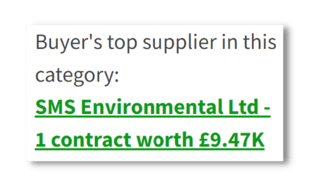
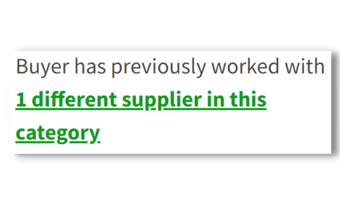
This intelligence is pivotal to making an informed bid / no-bid decision.
Using your personal Hub in Tussell, you can easily save contracts of interest for later, and quickly share them with your colleagues to dig into further.
Step 4: Get a step ahead and pre-engage
Now you should have a solid pipeline of relevant, lucrative and promising opportunities for your organisation in the near future.
For many, this is the final step they take. If you want to truly get ahead of the competition, however, you need to pre-engage and build relationships with the procurement teams behind these opportunities well in advance of a given opportunity's end date. The earlier you engage, the more chances you have to demonstrate the viability of your solution and products during a tender's planning stages.
Using Tussell's database of over 80,000 key decision-maker contact details, you can pin-point the individuals behind each opportunity that you need to pre-engage, based on their seniority, job title or function.
By supplementing your early engagements with intelligence from Tussell - say, by noting a recent change in their suppliers, or a recent tender they've publish - you can make your outreach more informed and resonate with the decision-maker.
*
With Tussell at your side, you can build out a data-backed, hyper-relevant pipeline of opportunities, all in one place, and in a fraction of the time.
To see how Tussell can help your business proactively identify and pre-engage with public sector opportunities, book a chat with our team!
Want to do more business in the public sector? You need to know about frameworks! Read our last how-to guide on finding the right frameworks for you.




%20v1.png)
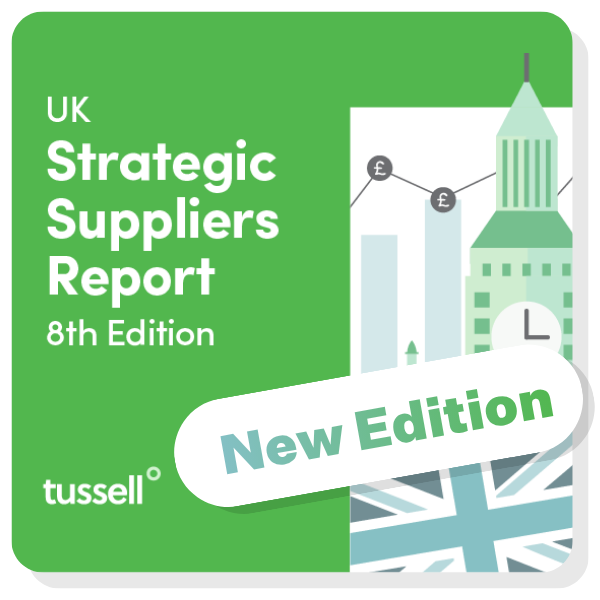

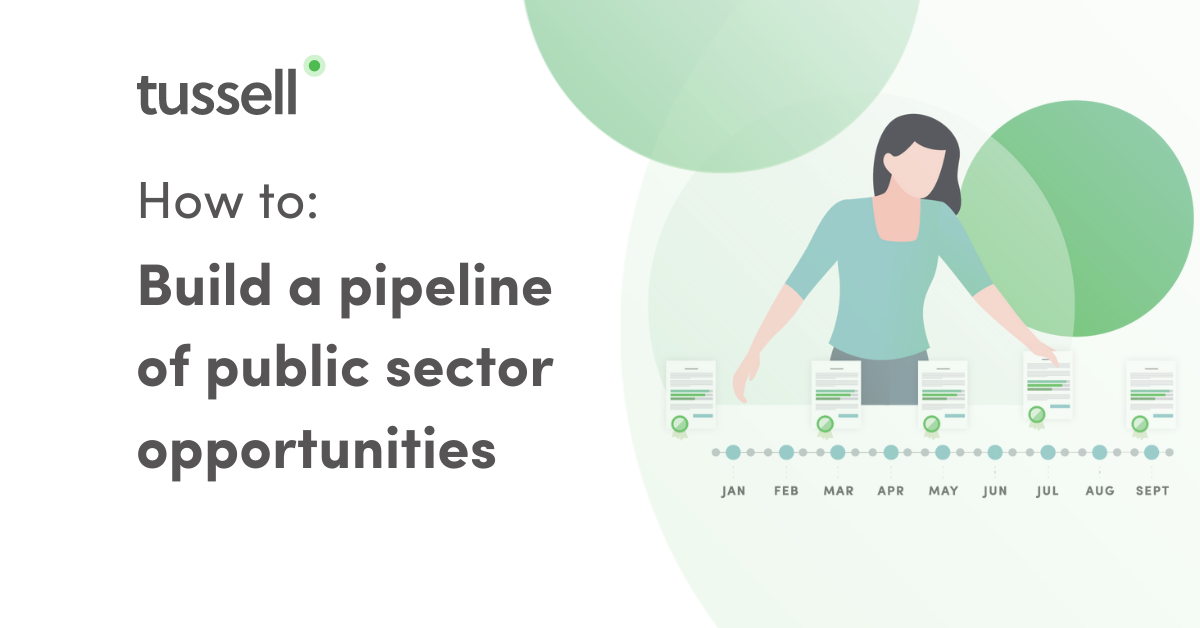
.png?width=80&height=80&name=james%20v2%20(1).png)



.png?width=478&name=Untitled%20design%20(50).png)
.png?width=433&name=Untitled%20design%20(50).png)


